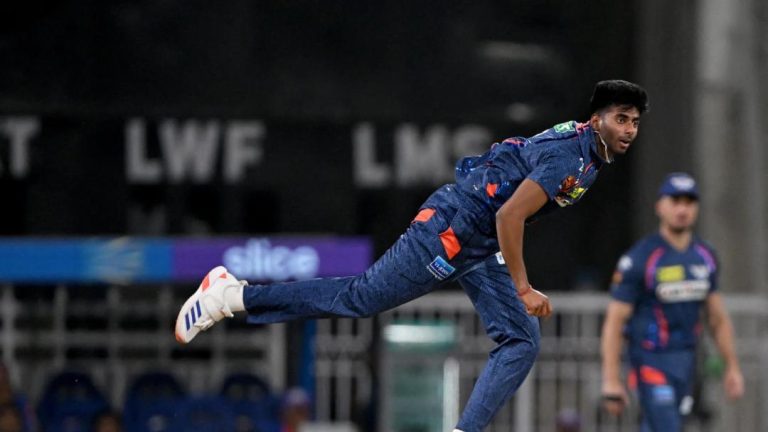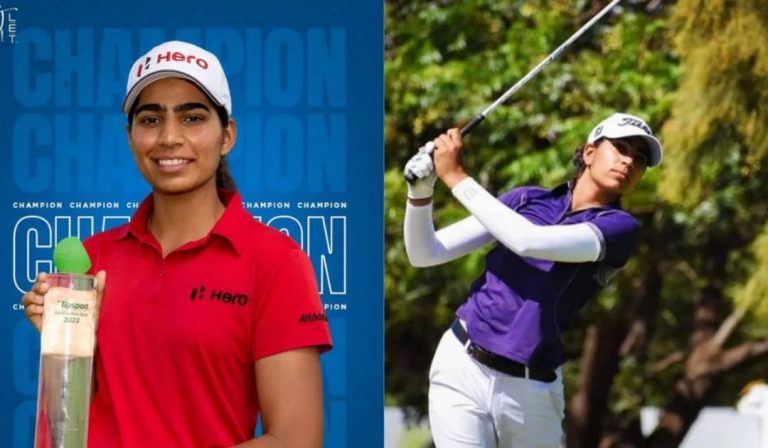
WADA Made 70 Similar Agreements in Last 4 Yrs: Official on Sinner’s Ban
The world of professional tennis was recently abuzz with the news of Jannik Sinner accepting a three-month doping ban after entering into a settlement agreement with the World Anti-Doping Agency (WADA). The agreement came as a surprise to many, considering the typically strict stance the agency takes on doping cases. However, WADA’s general counsel, Ross Wenzel, has come forward to clarify that the settlement is not an isolated incident. In fact, WADA has entered into “70-odd” similar agreements with athletes from all levels over the past four years.
Wenzel’s statement suggests that Sinner’s ban is not an anomaly, and that the agency has been engaging in such settlements with athletes from various levels, including professional and amateur sports. This revelation has left many wondering what factors contribute to WADA’s decision to enter into such agreements and what implications this has on the world of sports.
WADA’s settlement with Sinner has raised questions about the agency’s approach to doping cases. While WADA’s primary goal is to protect athletes and maintain fair competition, the settlement has led many to speculate about the agency’s willingness to compromise on doping cases. Wenzel’s statement, however, suggests that the agency is not bending the rules, but rather, is following a more nuanced approach to addressing doping cases.
So, what are the reasons behind WADA’s decision to enter into such agreements? According to Wenzel, the agency’s primary concern is to ensure that athletes are held accountable for their actions, while also taking into account the individual circumstances of each case. WADA’s settlement with Sinner, for instance, was reportedly reached after the agency discovered that the young tennis player had ingested a banned substance through a contaminated supplement.
Wenzel has emphasized that WADA’s approach to doping cases is not about being lenient, but rather, about being fair and proportionate. The agency’s goal is to ensure that athletes are not unfairly penalized for circumstances beyond their control, while also maintaining the integrity of the sport.
The 70-odd agreements WADA has entered into over the past four years suggest that the agency is willing to engage in dialogue with athletes and their representatives to resolve doping cases amicably. This approach can be beneficial for both parties, as it allows athletes to avoid lengthy and costly legal battles while also ensuring that the agency’s anti-doping efforts are not compromised.
WADA’s settlement with Sinner has also raised questions about the role of the athlete’s representatives in the negotiation process. Wenzel has stated that the agency works closely with athlete representatives to ensure that agreements are reached that are fair and in the best interest of the athlete. This collaborative approach can help to build trust between the agency and the athletes, ultimately leading to more effective anti-doping efforts.
In conclusion, WADA’s settlement with Jannik Sinner is not an isolated incident, but rather, part of a larger trend of the agency engaging in similar agreements with athletes from all levels. While the decision has raised questions about WADA’s approach to doping cases, Wenzel’s statement suggests that the agency is committed to fairness and proportionality in its efforts to protect athletes and maintain fair competition.
As the world of sports continues to evolve, it is essential for anti-doping agencies like WADA to adapt and innovate in their efforts to combat doping. WADA’s approach to settlement agreements, while not without its critics, has the potential to be a game-changer in the fight against doping. By engaging in open dialogue with athletes and their representatives, WADA can build trust and ensure that its anti-doping efforts are effective and fair.






